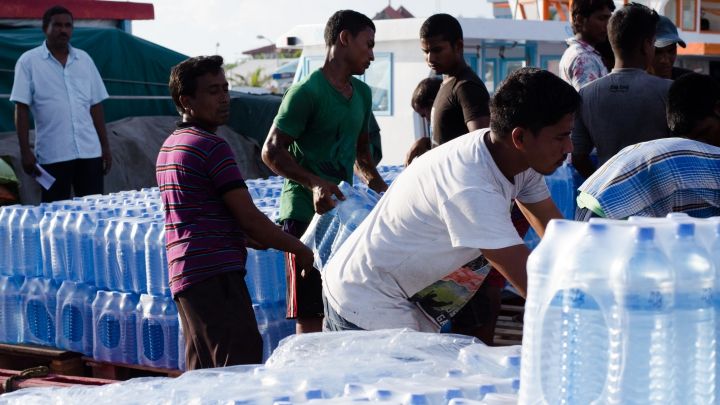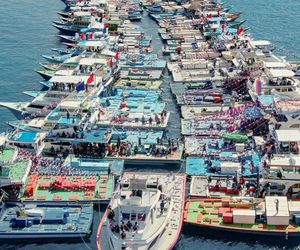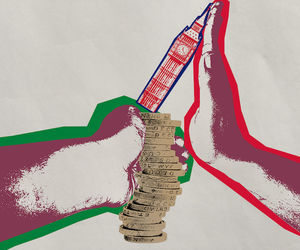More than 20 islands already facing water shortages
More than 20 islands across the Maldives are already facing water shortages, according to the National Disaster Management Centre.

14 Mar 2016, 9:00 AM
More than 20 islands across the Maldives are already facing water shortages, according to the National Disaster Management Centre.
Some 80 tonnes of water was delivered to 24 islands last week, the NDMC’s Hisan Hassan said, adding: “This is quite early for so many islands to run out of water.”
While water shortages have become a chronic problem in the Maldives, islands usually run out of water late in the northeastern monsoon, in April or May.
Some 97 islands, nearly half of inhabited islands in the Maldives, had reported water shortages during the four-month-long monsoon in 2015.
Become a member
Get full access to our archive and personalise your experience.
Already a member?
Discussion
No comments yet. Be the first to share your thoughts!
No comments yet. Be the first to join the conversation!
Join the Conversation
Sign in to share your thoughts under an alias and take part in the discussion. Independent journalism thrives on open, respectful debate — your voice matters.




